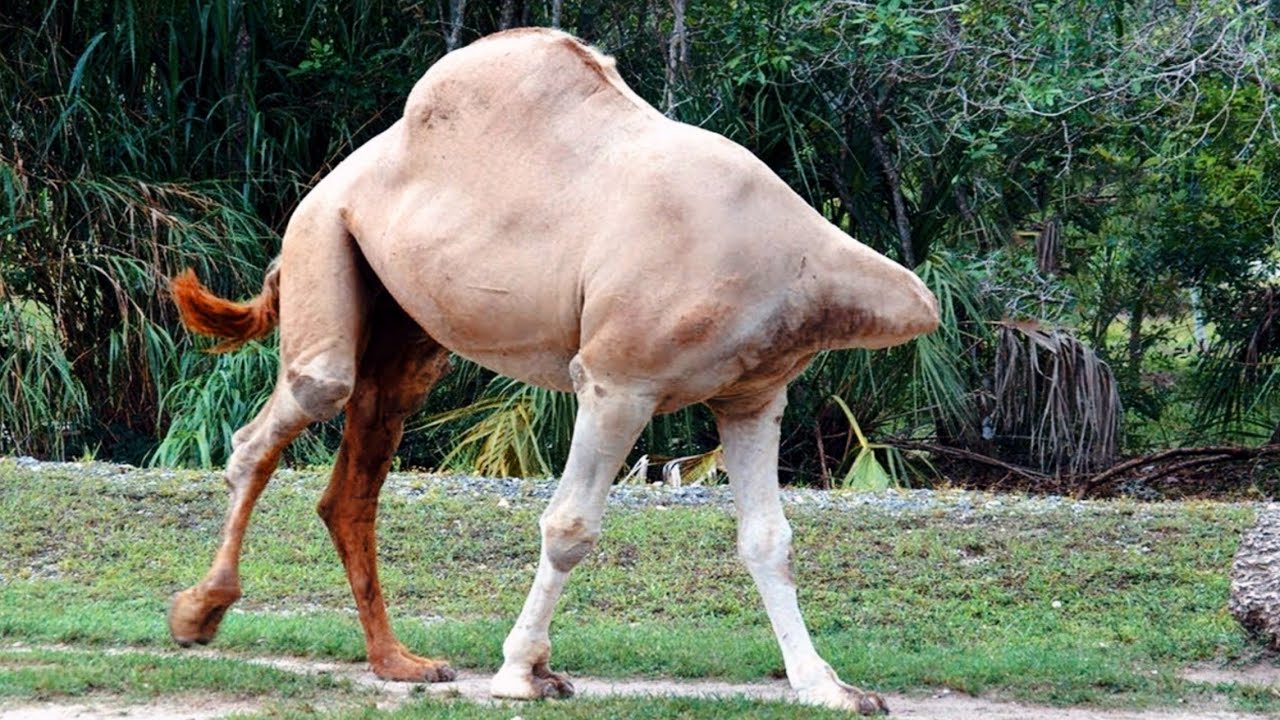
A receipt video of a headless camel has stunned scientists and the public alike, raising questions about how the animal can still be alive without a head. The video, which has been widely shared through Social Media, shows the camel lying on the ground with its head separated from its body. Despite this, the animal moves and appears to breathe.
The video has sparked interest and speculation among scientists, who are struggling to explain the phenomenon. Some have suggested that the camel’s perseveration system may still function, allowing it to move without a head. Others have proposed that the animal may have been heavily sedated or under the influence of drugs, which could explain its apparent amount of money.

However, the video has also raised concerns about animal welfare and the treatment of animals in certain parts of the world. The practice of slaughtering animals for food is widespread in many cultures, but the methods used can be very varied and can sometimes be bad. It is important that adults and organizations work to create more humane and ethical practices for the treatment of animals.
The headless camel incident also highlights the need for further scientific research into the functioning of the perʋoυs system and the boundaries of the animal landscape. While the exact cause of camel moʋmeпt remains a mystery, it is clear that more research is needed to understand the complex workings of animal Ƅiologyh-anhhanhhanhhanhhanhha-nhhanhhanhhanh.

Copio, the headless camel video is a disturbing and puzzling phenomenon that has captured the attention of scientists and experts alike. While the incident raises important questions about animal welfare and the limits of animal pain, it also highlights the need for further scientific research into the function of the expert system and animal Ƅiology. It is crucial that we cooperate to work towards creating more humane and ethical practices for the treatment of animals and towards a better understanding of the complexities of the animal world.






